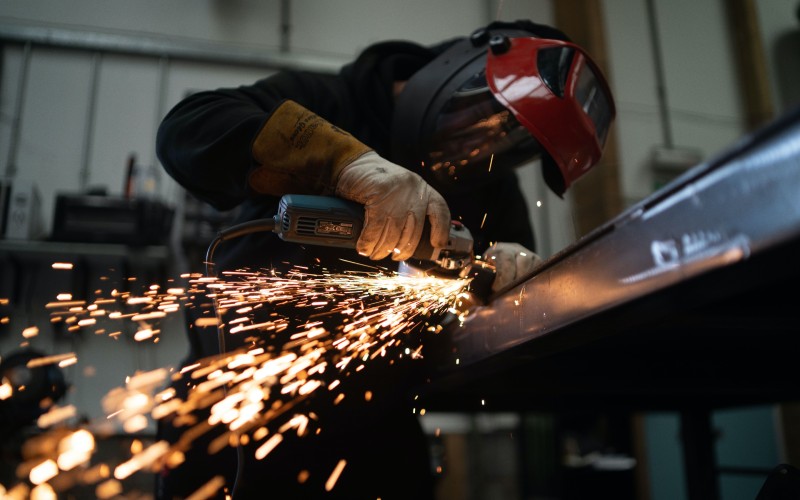Metal cutting, a foundational process in manufacturing and construction, involves separating or shaping metal using various tools and techniques. Maximising efficiency in this process is crucial to reduce waste, improve production rates, and maintain competitive advantage. In this guide, discover the key factors that can enhance your metal cutting efficiency!
Understanding the basics of metal cutting
Metal cutting is a broad term that encompasses a range of techniques used to shape, size, and remove metal. These methods can include everything from traditional manual cutting, to machining with lathes and milling machines, to advanced methods like laser and waterjet cutting. Each technique has its unique benefits and challenges, and the most efficient method can vary depending on factors like the type of metal, the desired shape and size of the cut, and the required precision and finish.
Additionally, the basics of metal cutting also involve understanding the properties of different metals—such as hardness, ductility, and thermal conductivity—as these can significantly affect how easily and cleanly they can be cut. This foundational knowledge is essential to make informed decisions about the right tools, techniques, and settings to use for each specific metal cutting task, and ultimately, to maximise efficiency in your operations.
The science behind metal cutting
The process of cutting metal materials is a complex interaction between the workpiece and the cutting tool. This involves deformation of the metal, separation of material, and heat generation. Material properties like hardness, ductility, and thermal conductivity can also greatly affect cutting efficiency.
Heat and friction are two major challenges in this process. Excessive heat can damage cutting tools and compromise the quality of the workpiece. Therefore effective heat management is crucial in maintaining cutting efficiency.
Choosing the right tools for metal cutting
Selecting the right tools for metal cutting is a critical step towards achieving maximum efficiency in your operations. The choice of cutting tool can significantly influence the quality of the cut, the speed of the operation, and the lifespan of the tool itself. For instance, using a bandsaw machine can be advantageous for its precision in cuts and versatility in handling different shapes, while a plasma cutter might be more suitable for cutting thick metal sheets.
A mismatch between the tool and the task can lead to subpar results, wasted material, increased energy consumption, and excessive wear and tear on the tools. Moreover, high-quality tools, though they may have a higher upfront cost, often provide better performance and longer service life, reducing the long-term costs of replacement and repair. Therefore, investing time in understanding the specific requirements of your metal cutting tasks and choosing the most appropriate tools is fundamental to the overall efficiency and success of your operations.
Advanced techniques in metal cutting
As technology evolves, several advanced techniques have emerged in metal cutting to enhance efficiency and precision. High-speed machining, for instance, involves cutting at speeds significantly higher than traditional methods, thereby reducing production time. Precision is improved through techniques like multi-axis cutting, which allows cutting from multiple angles in a single operation, resulting in intricate shapes and designs.
The use of coolant and lubricants helps in maintaining optimal temperature and reducing friction, extending tool life, and ensuring a high-quality finish. Techniques such as nesting, where the layout of the pieces to be cut is optimised to minimise waste, can significantly improve material usage. By keeping up-to-date with these advanced techniques, businesses can stay competitive and maximise their productivity in metal cutting operations.
Safety measures and best practices
When it comes to metal cutting, safety should never be compromised for efficiency. Using personal protective equipment, following proper operating procedures, and maintaining tools and machines are critical for safe operation. A safe workspace also contributes to employee well-being, which in turn can improve their performance and the overall efficiency of the operation. Thus, integrating safety measures into the core of your efficiency maximisation strategy is not only responsible but also beneficial for sustained, long-term productivity.


